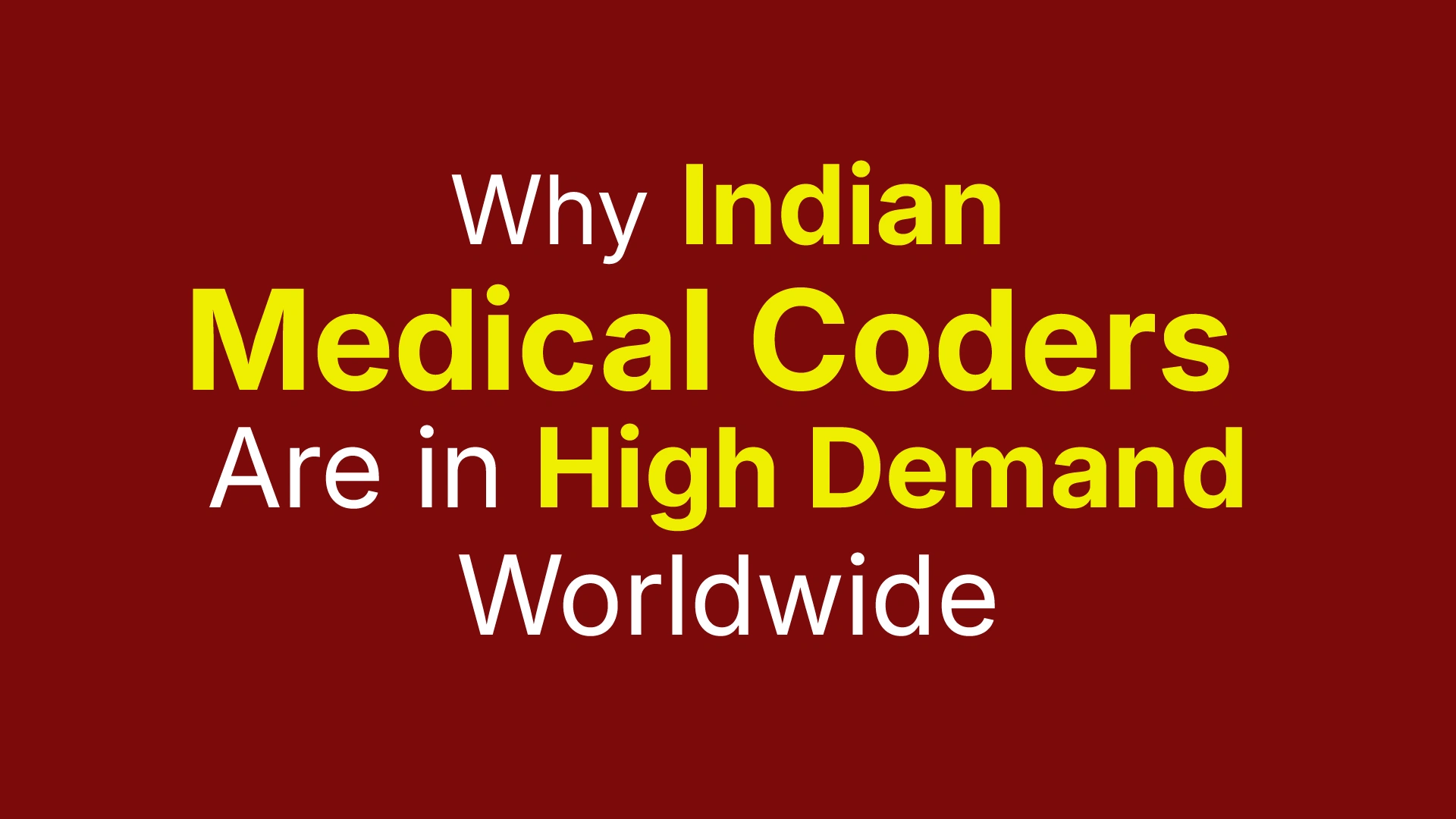What Is Medical Coding?

Medical Coders take medical reports from doctors, which may include a patient’s condition, the doctor’s diagnosis, a prescription, and whatever procedures the doctor or healthcare provider performed on the patient, and turn that into a set of codes, which make up a crucial part of the medical claim.
Why do we need Medical Coding?
What’s the purpose of Medical Coding Reports? Wouldn’t it be enough to list the symptoms, diagnoses, and procedures, send them to an insurance company, and wait to hear which services will be reimbursed?
The answer to this question is a clear No. A look at the the massive amount of data that a patient entails will give a clear picture on this.
If you consult a doctor with an abdominal pain and symptoms like a diarrhoea,stomach cramps and nausea, these will be recorded along with the procedures the doctor performs and the medicine the doctor prescribes.In a straightforward case like this, the doctor will only officially report his diagnosis, but that still means the portion of that report that will be coded contains a diagnosis, a procedure, and a prescription.
What happens when a patient comes into the doctor with a complicated injury or sickness, like a coronary artery bypass grafting, 3 graft? As injuries, conditions, and illnesses get more complex, the amount of data that needs to be conveyed to insurance companies increases significantly.
According to the Centers for Disease Control (CDC), there were over 1.4 billion patient visits in the past year. That’s a stat which includes visit to physician offices, hospital outpatient facilities and emergency rooms. If there were just five pieces of coded information per visit, which is an almost unrealistically low estimate, that would be 6 billion individual pieces of information that needs to be transferred every year. In a system loaded with data, medical coding allow the efficient transfer of huge amounts of information.
Coding also allow uniform documentation between medical facilities. The code for streptococcal sore throat is the same in Arkansas as it is in Hawaii. Having uniform data allows for efficient research and analysis, which government and health agencies use to track health trends much more efficiently. If the CDC, for example, wants to analyze the prevalence of viral pneumonia, they can search for the number of recent pneumonia diagnoses by looking for the ICD-10-CM code.
Finally, coding allows administrations to look at the prevalence and effectiveness of treatment in their facility. This is especially important to large medical facilities like hospitals. Like government agencies tracking, say, the incidence of a certain disease, medical facilities can track the efficiency of their practice by analyzing the reports.
Now that we understand the importance of this practice, let’s take a look at the three types of code that you’ll have to be familiar with as a medical coder. Let’s have a look into WHO accepted coding manuals:
1. ICD 10CM – international statistical classification of disease and health related issues, 10th revision clinical modification
2. CPT/AMA- current procedural terminology by American Medical Association
3. HCPCS- Health Care Common Procedural System


